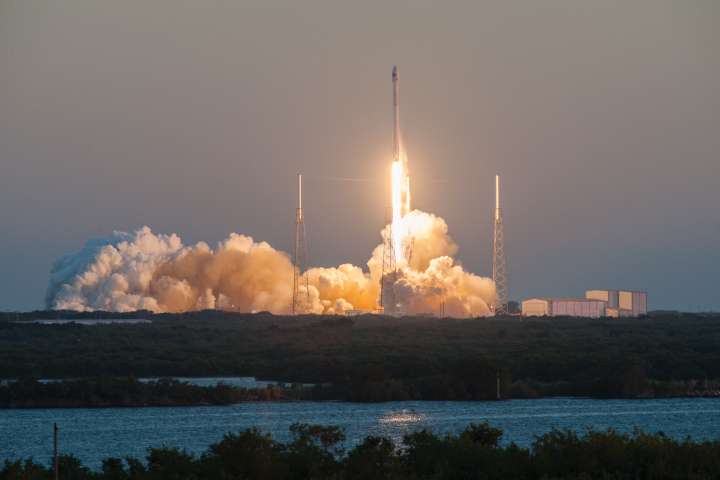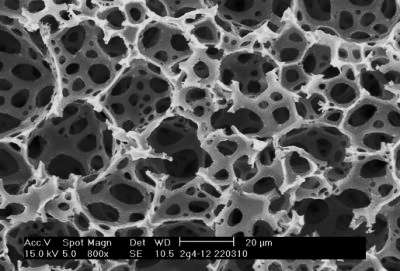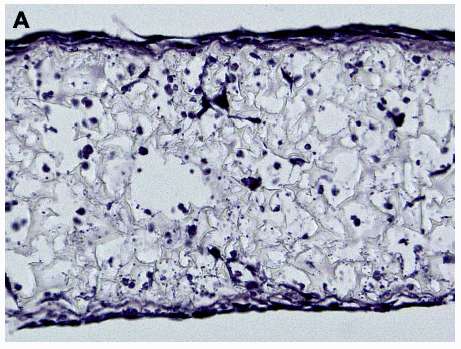How do bone cells grow in space?

Alvetex Scaffold technology, produced by Durham University spin-out company Reinnervate, allows cells to be grown in three dimensions (3D), overcoming problems with two-dimensional (2D) culture methods and offering a more life-like model of how cells grow in tissues.
A team from Massachusetts General Hospital investigating bone loss during bed rest, in microgravity or through diseases such as osteoporosis, will use the Alvetex® Scaffold in experiments 150 miles above the surface of the Earth after the equipment is delivered by the SpaceX Dragon capsule.
The experiment seeks to understand how the effects how physical forces such as gravity affect the biochemistry of bone cells, and could lead to better treatments for diseases such as for osteoporosis.
BBSRC-funded research by Professor Stefan Przyborski and his team at Durham University was crucial to the development of the technology.
Prof Przyborski, the CSO and founder of Reinnervate, said: "I am personally delighted to see the application of a technology I invented and commercialised.
"It is amazing to think that what we developed in Durham with the help of BBSRC funding has been acquired by leading researchers in MIT and Harvard to be then sent into space to help address their interests in bone formation.
"Our technology is now also being widely adopted by many other scientists for a multitude of different applications in many different areas of cells biology in both academic and industrial research. This is reflected in a range of different scientific papers now being published where Alvetex has contributed to the research effort."
"This is reflected in a range of scientific papers now being published by independent investigators where Alvetex has contributed to the research effort."

Being able to grow cells in a 3D culture prevents the cells from flattening and altering their structure and function, which is common when they are grown in traditional 2D Petri dishes.
It allows for cells to grow in a more natural way, more like they would in a real tissue and so giving more realistic results.



















